Volatility-Based Technical Analysis: Strategies for Trading the Invisible
$23.11
| Author(s) | |
|---|---|
| Format |
|
| Pages |
483 |
| Publication Year |
2009 |
Volatility-Based Technical Analysis bridges the advantage gap between resource rich institutions and individual traders. It is a no-calculus, plain-English text that reveals original, highly technical, mathematical-based volatility indicators, complete with MetaStock® and TradeStation® code. With this in hand, any trader can “trade the invisible” by seeing a hidden mathematical structure on the price chart. Author Kirk Northington reveals his proprietary volatility indicators that serve as a market early warning system. Northington extensively teaches you how to build your own indicators, test them, and incorporate your original components into your specific trading methods.
Introduction:
This book is intended for those who want technical analysis to adapt to the volatility forces at work in today’s markets. Most traders understand the importance of using methods that are largely unknown to the greater community. If you want to better understand the relatively simple arithmetic volatility measuring techniques, and how to incorporate them into indicators of your own adaptation or design, then you will benefit from this content. There are unobstructed processes, of which most people are capable, that enable today’s programmable technical analysis software to give them an advantage. This book explains the reasons why technical analysis should incorporate volatility measurement in virtually every indicator, component, and algorithm.
Part One gives you an understanding of the many obstacles that individual traders must overcome to level the playing field. It carefully lays out why the markets have changed since 2000, and thus produced the need for volatility measurement in all aspects of technical analysis. It also provides some important groundwork material to prepare you for understanding the purpose and usage of volatility analysis.
Part Two explores arithmetic measurements of volatility within exercises that create custom indicators. This is a calculus-free zone; only high school math is used. This section delves into specific techniques for creating indicators. It also focuses on retro-fitting classic technical indicators with volatility measurement. Also, the concept of Projected Implied Volatility (PIV) is introduced.
Part Three continues the process of developing volatility-based technical analysis components, with an emphasis on solving some classic technical analysis weaknesses, such as trend compensation. This section delves deeply into the importance and methods of forecasting the broad market’s short – and intermediate-term direction. Exact trade setups are the focus of Part Three. The concept of Volatility Shift in particular is introduced, along with specific ways to exploit it. Part Three culminates in the practice of using the scientific method to develop trading system components. A simple component testing routine, complete with code, is also explored.
Appendix A duplicates all of this book’s code as TradeStation EasyLanguage code, complete with charts. Appendix B explores in-depth methods for finding high probability option spread trades: Condors, Butterfl ies, Strangles, and Straddles. This is done using the MetaSwing system. Where feasible, care is taken to present statistically valid test results. Appendix C explains the resources available to you at this book’s companion web site, tradingtheinvisible.com. All of the indicator examples in the book are coded in MetaStock Function Language to show the simplicity of coding, and that most anyone can do it. Over 180 charts are also included in the text, designed to be large and descriptive.
This book also lays out how finding profitable exits, within a set time frame, should be a goal of every trader. Enhancing almost any technical analysis method or calculation with volatility measurement provides the highest probability exit signals. The activity of increasing each trade’s profit, or lessening its loss, has always seemed to be a universal desire of private traders.
Life as a private trader can be a solitary existence in the physical and the informational context. Understanding the broader market’s short-term bias using the volatility of market breadth is perhaps the most underused gift we all receive. And yet so many look right through it every day. In Chapter 13 you will find the algorithms and source code for the MetaSwing Correction Surge system released. It provides an early warning system for the short – and intermediate-term market direction and corrective events. This system kept Northington Trading profitable during the fall market crash of 2008, and for that matter throughout all of 2008. It is a calculation and methodology that any trader can implement and use effectively.
Ultimately, the business of trading depends on your ability to make well-balanced decisions at times when the act of decision making is hardest. In Chapter 6 , a methodology called the Framework is presented. When the Framework is adapted to the specifi cs of your trading methods, great clarity is gained, in that it more clearly identifies the pieces of a method that work or show weakness. Its strength is garnered by the proper use of component cross-verification. The net result is better trading decisions.
Contents:
- The Challenges
- The Opportunities
- The Foundation: Preparations for Exploring Volatility-Based Technical Analysis
- New Volatility Indicator Design
- Integrated Volatility Indicator Design
- The Framework: A Structural Approach for Cross-Verification
- Traditional Technical Analysis: What Works, What Doesn’t, and Why
- Bull Bear Phase Prediction: The Intermediateand Short-Term Market Swing
- Trading the Short-Term Reversal with Volatility-Based Technical Analysis—The Adeo
- Trading the Trend with the 1-2-3
- Hidden Momentum with Adeo High Slope
- Designing the Exit
- Correction and Surge: An Early Warning System
- Trading System Design: Detecting the Invisible
Volatility-Based Technical Analysis: Strategies for Trading the Invisible By Kirk Northington pdf
10 reviews for Volatility-Based Technical Analysis: Strategies for Trading the Invisible
Clear filtersOnly logged in customers who have purchased this product may leave a review.

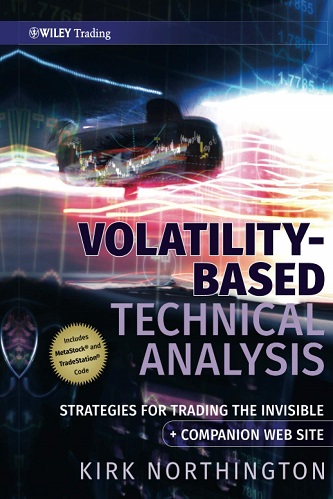


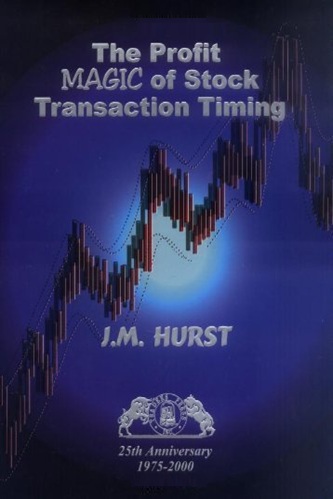

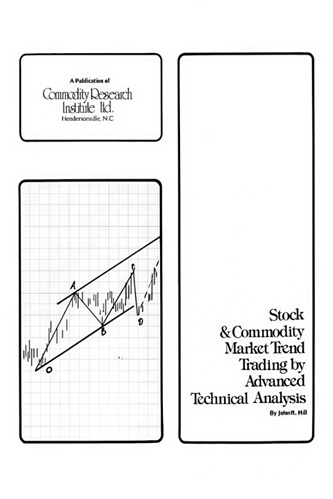
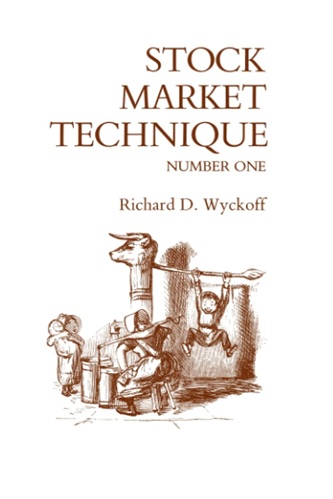
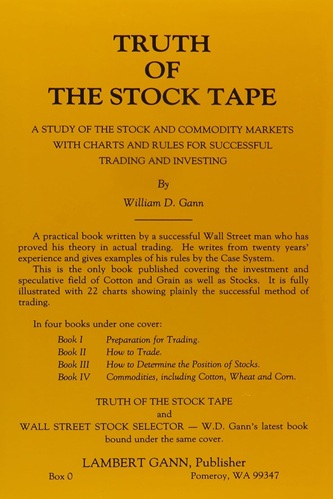
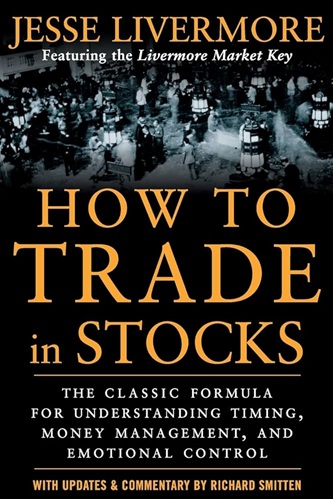
Jennifer Jacobs (verified owner) –
Just as the title promises, the author addresses volume-based action with the help of EL. Personally, I am fascinated by the use of the volume and the Indi’s of Whiley. Nice code examples.
Presley Ruiz (verified owner) –
This book is a hot recommendation for trading with technical analysis. It does not repeat the “old stuff” of fibonacci and systems which do not work anymore in mordern markets.
It explains a system which can be successfull in real life trading. The book is hard to read and you should have a sound knowledge to be able to fully understand. Some of the Tradestation programming is very hard to understand because it reference some functions with generic names and can not be understood without futher investigation. Not all indicators mentioned in the book come with open code and it is not possible to easy re-program or find the missing code.
Northington helps you to develop your own indicators and gives some interesting up to date insights. The book will help you if you are an analytical trader and if you design systems. I increased my knowledge with this book.
Northington promotes his commercial “MetaSwing” system in this book. The commercial system is not included in the book and you will not be able to develop something compareable usefull yourself.
If you just look for commercial indicators I recommend to directly lease his indicators (130 US $ a month for Tradestation) because the manual has enough knowledge to fully understand his systems. If you like to learn in general I recommend this book.
Bryan Evans (verified owner) –
good read
Kaylani Tyler (verified owner) –
This book in fact tells nothing
They just tell you this indicator is important, that indicator is significant. But no where can I find the definition or how to calculate it.
For example, the very first component introduced in this book, the N Bands. There is a long paragraph talking about it, saying it is related to volatility, saying it is different from other price bands, and giving example it provide support and resistance clues to price movements. But you can never find how to calculate it out from the book nor you can find it from the Internet.
For other indicators, you can find similar situations. Maybe it is the company’s secret how this indicators are worked out. If it is the case, pls state it clearly in the book! Don’t waste our time.
Seven Delacruz (verified owner) –
There are a lot of books on technical analysis but this book is different. The author does not waste the readers time repeating Technical Analysis 101 but explains some interesting concepts on how to build indicators based on volatility that I haven’t read elsewhere. There are enough interesting ideas in here for technical traders. — “Momentum hides in the movement of implied volatility” (page 284)
Austin Manning (verified owner) –
Disappointed. I do not use TradeStation or MetaStock. The book needs a Big notice on the front cover advising you need to be a user of those software packages. I purchased the book thinking it would further my knowledge of adding volatility to my TA. I trade straight volatility or trade options on ETFs of indexes using Volatility as a leading indicator for swings. My expectation was to gain something I didn’t know already that I could use. What was generic I already knew and what I didn’t know was of no use because I don’t use the required software packages.
Bronson Reilly (verified owner) –
Even apart from the meticulously-prepared technical content, this book has a very enjoyable style and use of language and an interesting theme regarding how non-quant readers can still plausibly gain an advantage using Metastock or Tradestation or a similar package if they are prepared to roll up their sleeves and develop some code.
With so many financial trading books these days being little more than reprints of computer programs and charts, it is enjoyable to read one that propounds a novel general thesis – that you need to develop an orthogonal view of the markets that is based on your own indicators that are different from those used by everyone else. This book looks for volatility-based indicators but other types could be used too.
I suspect that anyone who really learns and heeds that lesson has excellent prospects for success.
Kirk’s discipline, precision, and sense of purpose also shine through and are worth emulating.
For those themes alone, this book is valuable.
Whether or not the detailed models that are provided by the book, with code, would work well, I myself cannot tell, but they do at least serve as an interesting example of the overall kind of framework you would need for your own system.
Della Michael (verified owner) –
I liked the book. I learned quite a lot. I give it 3 stars only because near the second half of the book, it didn’t really apply to what I was looking for. Was it worth the money I paid? More than most books you can find on trading. What I really liked about the book, is the honesty, and the fact that it was written by a trader and a quant. In a world of snake oil salesman, Northington is a breathe of fresh air. I was pleased, you will be too.
Celine Michael (verified owner) –
this is a pretentious product that purports to “predict” price movement on the basis of volatility. No formulas are provided for the graphic lines and alerts that populate confusing graphs. Even more interesting still is the LACK of use of implied option volatility for front and back months to graph these lines. No references about or discussion of probability of profit using the indicators is made. This book tries to support a BLACK BOX trading method that is an expensive add on for Metastock. There are several problems with this add on. The most important being Metastock CANNOT graph Ichimoku Kinko Hyo(IKH)
indicators which would make it highly unlikely that it could graph “forward looking bands” that are even more complex than IKH.
A bigger red flag is the lack of discussion of historical volatility and the many ways it can be calculated. Historical volatility is apparently the only thing this program can calculate, since Metastock does not query option chains.
IN SHORT: THE BOOK IS AN EXPENSIVE ADVERTISEMENT FOR A BLACK BOX ‘VOLATILITY’ INDICATOR SYSTEM OF TRADING WHICH IS EVEN MORE EXPENSIVE, THAT WILL REQUIRE CLASSES WHICH ARE EVEN MORE EXPENSIVE.
MY ADVISE IS TO EXAMINE THE AUDITED TRADING ACCOUNTS OF THE AUTHOR OVER THE LAST 3 YEARS TO SEE HOW MUCH HE MADE USING THE SYSTEM. ALSO HAS HE PUBLISHED ANY ARTICLES IN WILMOTT’S OR PEER REVIEWED ARTICLES IN THE JOURNAL OF POLITICAL ECONOMY
Tori Townsend (verified owner) –
After reading this book and previous reviews, I felt compelled to write my very first review on Sacred Traders. I have read over 20+ technical analysis books (from Wilder to Mcmillan to Elder to Van Tharp etc). This book is very much different than your typical traditional indicators (in fact there is a great chapter on why traditional indicators do not work in today’s environment). The basis for the “new” indicators defined in this book are based on volatility algorithms which the author has developed over time. The book absolutely provides the formulas for these new indicators AND provides a web page to download them (password in book). Obviouusly the indicators need to be applied to either Metastock or TradeStation, so an additional investment is required (if you currently don’t own any of the above). The book is an easy read and the author gives plenty of analogies to help the novice reader along.